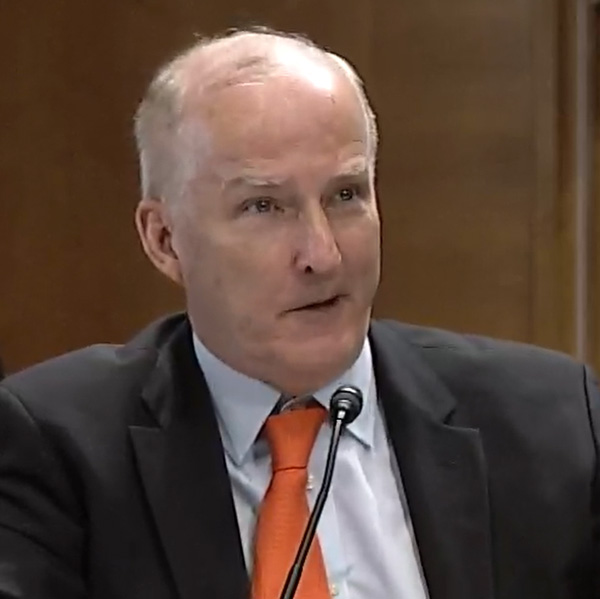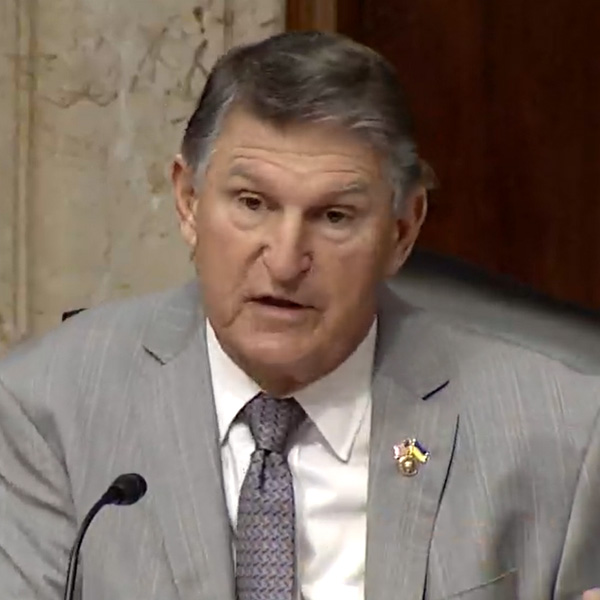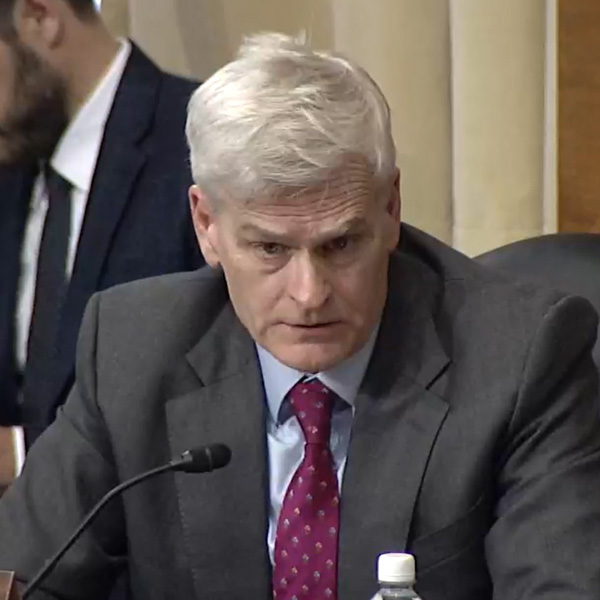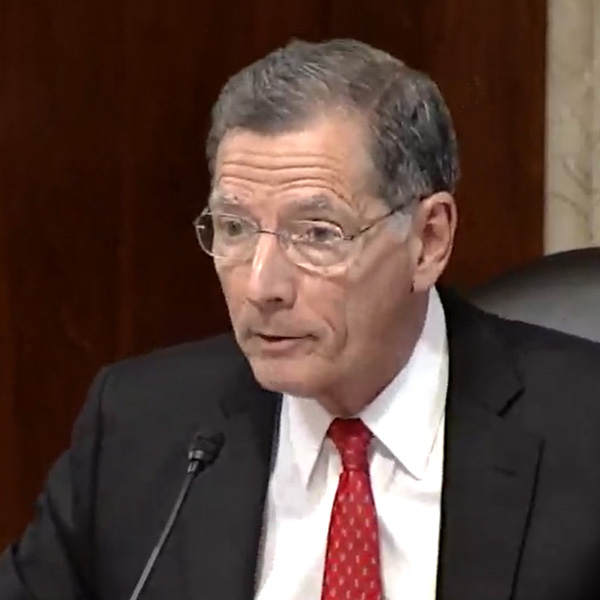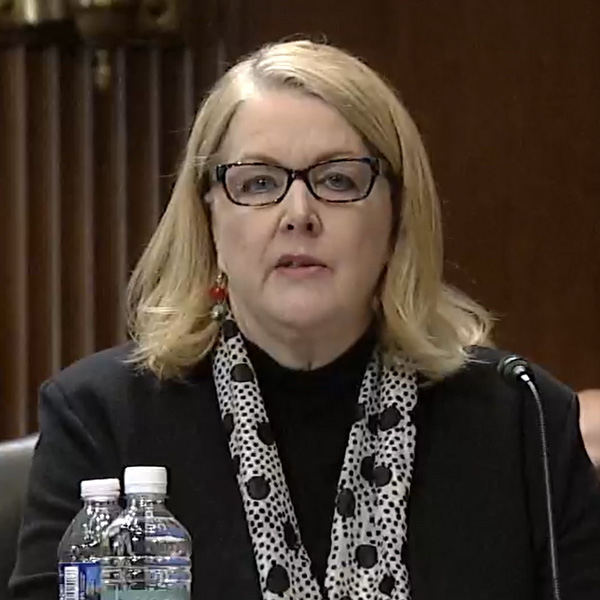A Blackstone subsidiary is free to acquire an almost 20% stake in Northen Indiana Public Service Co. after FERC’s consent Oct. 19.
FERC said Blackstone Investment Partner’s Blue Buyer, owned by funds managed by Blackstone, can scoop up 19.9% of NIPSCO for $2.15 billion without setting off adverse market impacts (EC23-99). But the decision caused Commissioner Mark Christie to cast doubts again on FERC’s review process and over the recent trend of big asset managers investing in the energy industry.
NIPSCO parent NiSource announced in late 2022 that it was looking for a buyer for a minority interest in the utility. CEO Llyod Yates said the sale will help pick up the tab on a 2040 net-zero emissions goal and approximately $15 billion in grid and gas infrastructure modernization and clean energy investments over the next five years. (See NiSource Selling Minority Interest in NIPSCO.)
The transaction includes a five-year hold harmless period for NIPSCO transmission customers to shield them from transaction-related costs.
Public Citizen and Citizens Action Coalition lodged a joint protest against the sale, arguing Blackstone will control two seats on the NIPSCO board of directors in addition to Blackstone already selecting a director of its choosing on FirstEnergy’s board. They also pointed out Blackstone controls one seat on the board of Texas-based natural gas company Cheniere Energy and another two seats on the board of subsidiary Cheniere Energy Partners. They said Blackstone members are becoming too commonplace on the boards of FERC-jurisdictional utilities.
FERC said Blackstone’s affiliations with energy companies won’t harm competition. It pointed out that FirstEnergy operates in PJM, while the NIPSCO transaction involves the MISO footprint.
“Regarding concerns over Blackstone’s ability to control boards of directors, we find that the proposed transaction will not adversely affect competition because our analysis … would not change even if Blackstone executives were to simultaneously serve on the boards of NiSource and FirstEnergy. This is because FirstEnergy’s utility holdings are located in PJM, while the relevant geographic market for the proposed transaction is MISO,” FERC said.
The commission said the sale won’t raise market power concerns because although Blackstone owns transmission facilities in other markets and an intrastate natural gas pipeline, the transmission facilities will be placed under RTO control when they become operational and the pipeline is located in Texas, far from the NIPSCO service area, although partially in MISO territory.
However, FERC said it couldn’t evaluate whether the acquisition would violate antitrust laws because its jurisdiction does not extend to the enforcement of the Clayton Antitrust Act.
Beyond that, FERC declined to take up Public Citizen and Citizens Action Coalition’s arguments that the transaction stands to raise rates not only for Indiana customers but MISO as a whole because Blackstone will exploit the state’s new right of first refusal (ROFR) law, which grants incumbent transmission owners first dibs to build lines approved by MISO. FERC said that contention was beyond the scope of its proceeding.
“Though joint protestors take issue with Indiana’s ROFR law, they have not identified any way in which the Proposed Transaction will adversely affect vertical competition,” FERC wrote.
NiSource said it will continue to control NIPSCO despite the transaction. It said that at the time it applied for the sale, affiliates of the Vanguard Group, T. Rowe Price Group and BlackRock each held more than 10% of NiSource’s shares.
Christie Questions FERC’s Narrow Evaluation, Investment Firm Acquisitions
Commissioner Mark Christie wrote separately to say he believed Blackstone’s involvement in Midcoast Pipelines in Texas warranted NIPSCO and Blackstone to perform a vertical competitive analysis, which they did not file. Christie said the two’s application should be considered incomplete.
“In recent years, the commission has rarely, if ever, required a vertical competitive analysis when approving section 203 applications — even where, as here, the merging entities participate in the same geographic market. The commission has relied on other evidence presented by the applicant to confirm that there are no vertical market power concerns. Although this may be a more administratively convenient approach, it ultimately does not conform to the commission’s regulations,” Christie wrote.
Christie said though he ultimately concurred with the commission’s decision, it may be time to “revisit” FERC’s policies when approving transactions — especially in the face of increasing partial acquisitions among utilities. He said he worried the motivations of investment firms run counter to public interest.
“I have previously written separately about my concerns over these partial acquisitions and what they may mean for the public interest, competition and reliability. There is an inherent tension between the profit-seeking motivations of large investment management entities and public utilities with the responsibility to provide reliable power at a just and reasonable rate,” he said. “It is the commission’s responsibility … to evaluate transactions involving these large investment management entities to determine whether they comport with the public interest. To do so… the commission must have regulations it can enforce that capture the concerns present in the types of transactions that occur today.”
Public Citizen to File Letter with FTC Over FERC Antitrust Considerations
In an interview with RTO Insider, Public Citizen Energy Program Director Tyson Slocum said he shares Christie’s frustrations with “FERC’s insistence on utilizing such a narrow approach on reviewing mergers and acquisitions.”
He said Public Citizen is “obviously disappointed” with the outcome of the docket and it plans to send a letter to the Federal Trade Commission about FERC “bizarrely” believing it lacks authority to consider violations of antitrust statutes when it decides mergers and acquisitions.
Slocum said it’s a “clear violation” of antitrust laws for Blackstone executives to simultaneously serve on the boards of NiSource and FirstEnergy, even when they’re situated in different RTOs.
“I think it’s fair to say that NiSource and First Energy are engaged in some level of commerce that should be a flag for antitrust violations,” Slocum said.
Slocum predicted a “sustained push” by private equity investors to acquire interest in utilities and “negotiate control over the board and other aspects of management.” Utilities are experiencing “financial weakness” and slumping share prices because of high interest rates, he said, making it attractive for firms to step in.
“I think we’re going to continue to see private equity firms playing a bigger role in public utilities,” he said.
Slocum said he’s also concerned such firms have “more opaque corporate structures and far less transparent public accounting” than utilities are tasked with. But he said there’s only a slim chance FERC retools its mergers and acquisitions evaluation process if commissioners begin to view the transaction trend as a problem.
